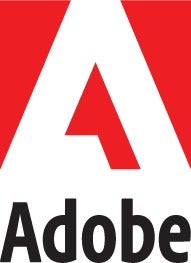Easier development reduces bottlenecks — making everyone happier.

As people value convenience and working on any device, native applications are giving way to web applications. At the same time, users are demanding and expect web applications to work as easily and quickly as the regular native versions.
These requirements are prompting the use of Single Page Applications (SPAs) — a process of building web applications that improves user experience.
Most people currently use SPAs every day without realizing it. Google Maps and Twitter are some examples. Technology advances have caused interest to rise recently, but still misconceptions exist about the technology.
Consequently, companies may not be using SPAs as effectively, losing the potential to eliminate friction between IT and marketing.
Reducing complexity
Traditionally, web applications have worked by reloading the entire page, displaying a new one every time the user interacts. Multiple Page Applications (MPAs) have drawbacks and are both complex and limited.
SPAs have only one HTML page, and re-render content as the user clicks links, without asking the server for new HTML. Much of the work happens on the client side, so SPAs are smooth and fast.
This provides significant benefits for IT Departments. Primarily, SPAs eliminate disconnects between what front-end developers want and what back-end developers promise to deliver.
With SPAs, the front-end and back-end developers can focus on building their individual section, giving each more flexibility. The front-end and user interface can be revised without impacting the back end.
Agile marketing
SPAs also allow marketers to be agile in developing web pages. Traditionally, marketers were limited to the templates provided to them by IT. Each template required a lot of back-and-forth with developers, making changes burdensome. In contrast, SPAs use more front-end technology, making them simpler for IT to create.
Today, systems permit the author to be in charge of an SPA layout, allowing them to be self-sufficient and make changes without going to IT. Now that the authoring capabilities for SPAs are on par with regular pages, developers can focus on how components look and interact while authors determine how components are arranged on the page.
This division of responsibility allows companies to be more agile and better serve visitor needs. Giving control back to marketers prevents IT from being a bottleneck, allowing the departments to better work together.
Swift and furious
The biggest advantage of SPAs is user experience. After the initial page load, every reaction is quick because everything is happening within the same page. Since the interactions are faster and easier, the visitor will click more, providing more data to the marketers so they can further improve the experience.
SPAs are undergoing a renaissance because new advances make them easy for marketers and IT departments. It’s important for both marketers and IT to understand recent SPA advances, rather than believe outdated conceptions. This ensures better use cases and added value.
Information about leveraging Adobe Experience Manager for single-page app editing can be found here.









